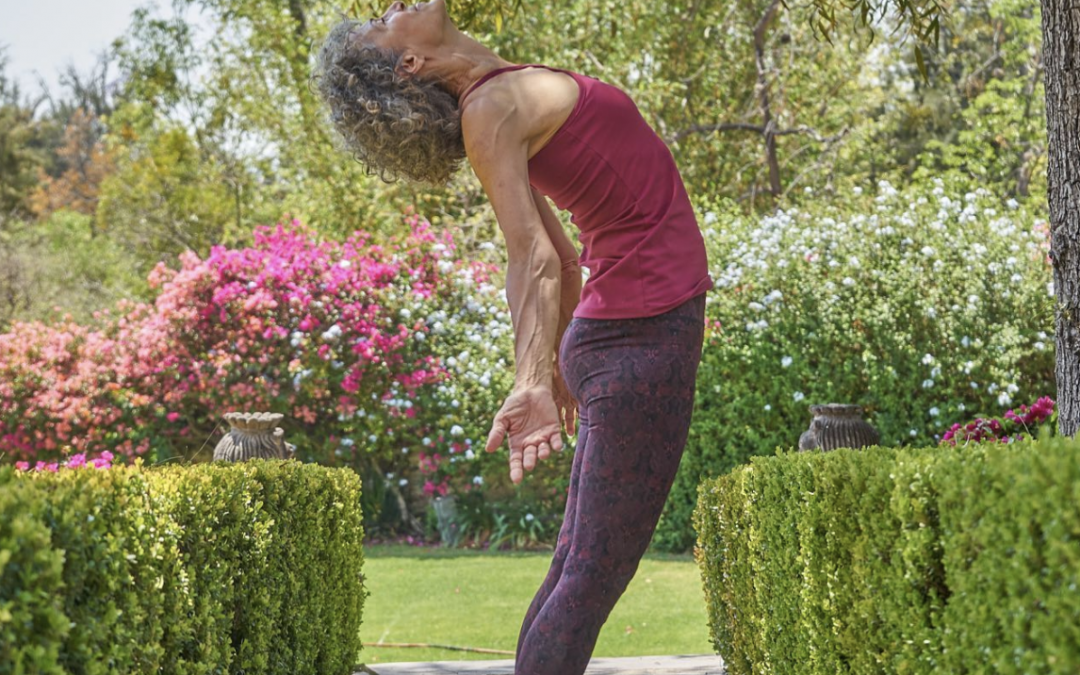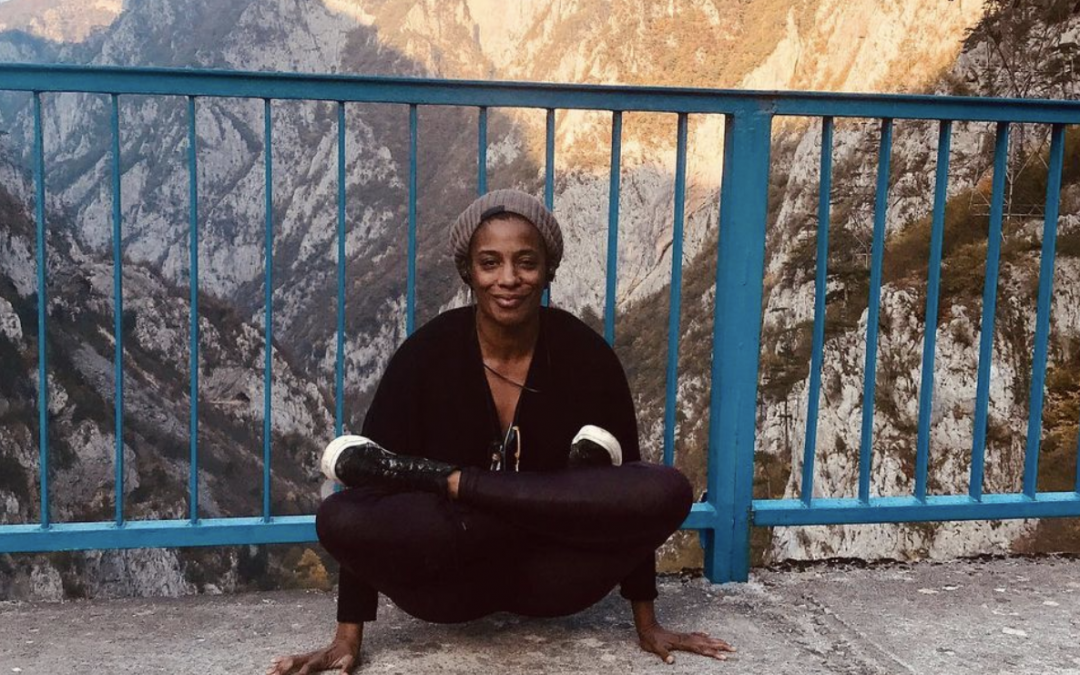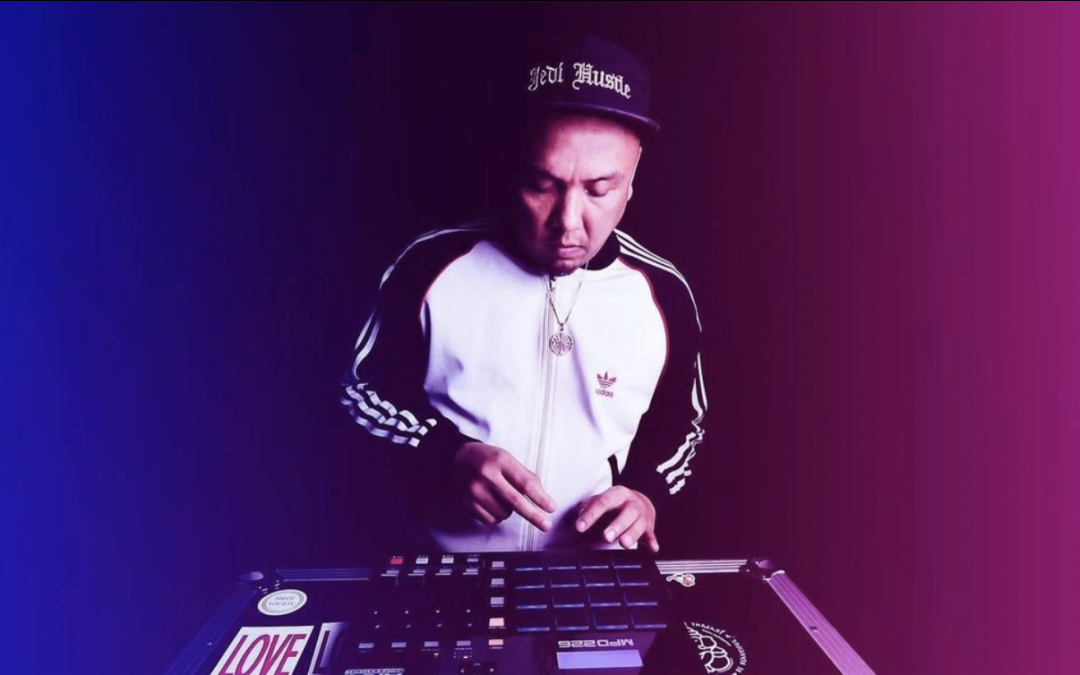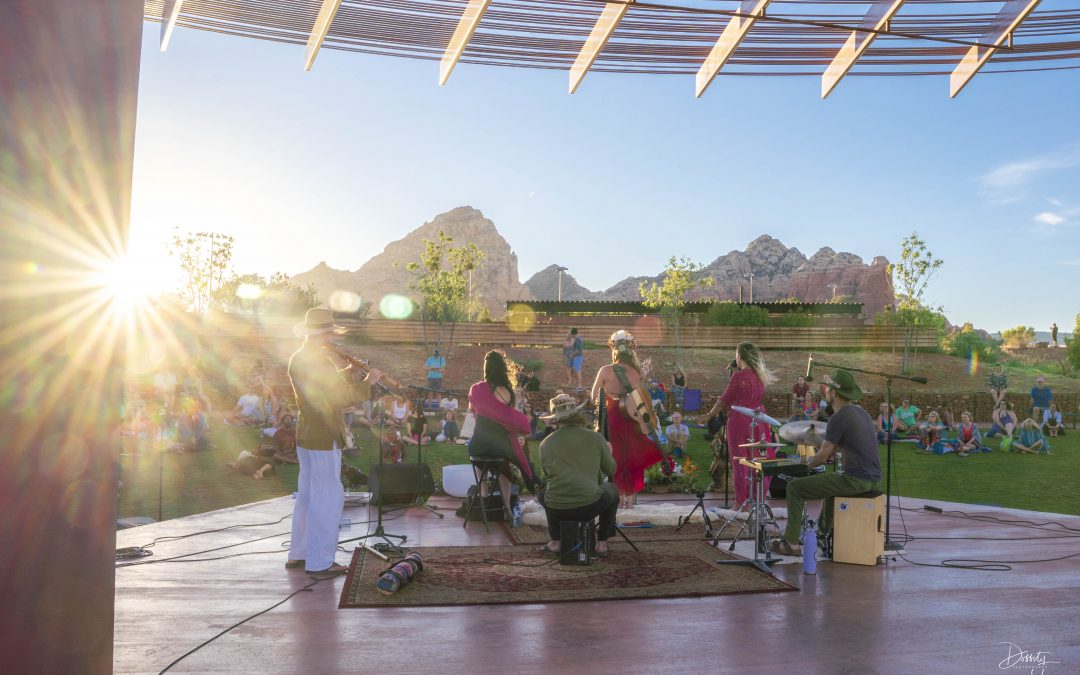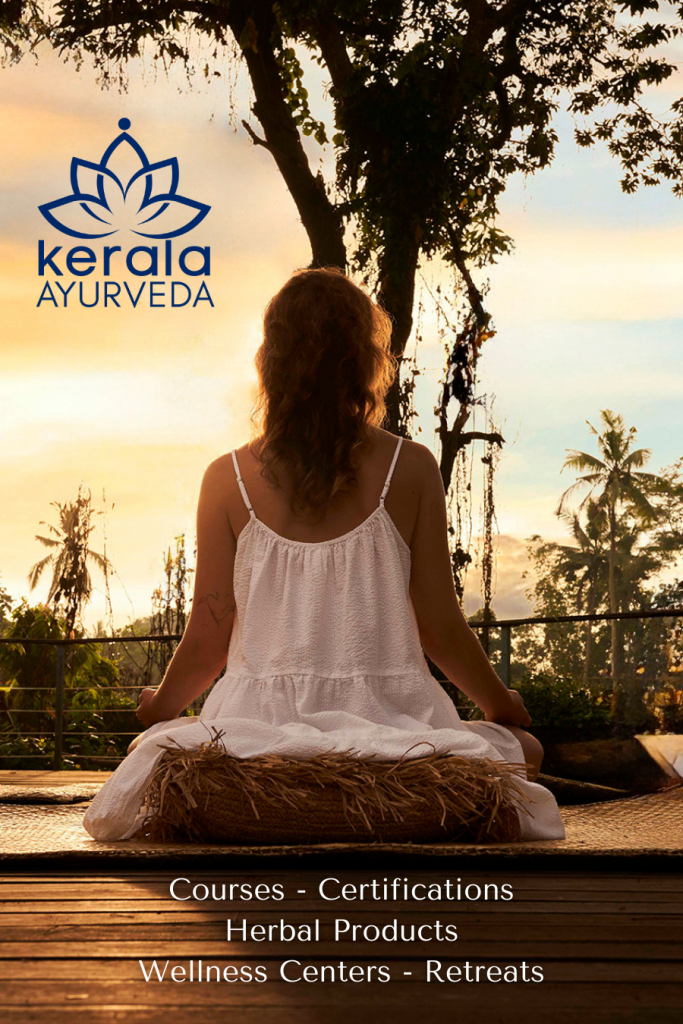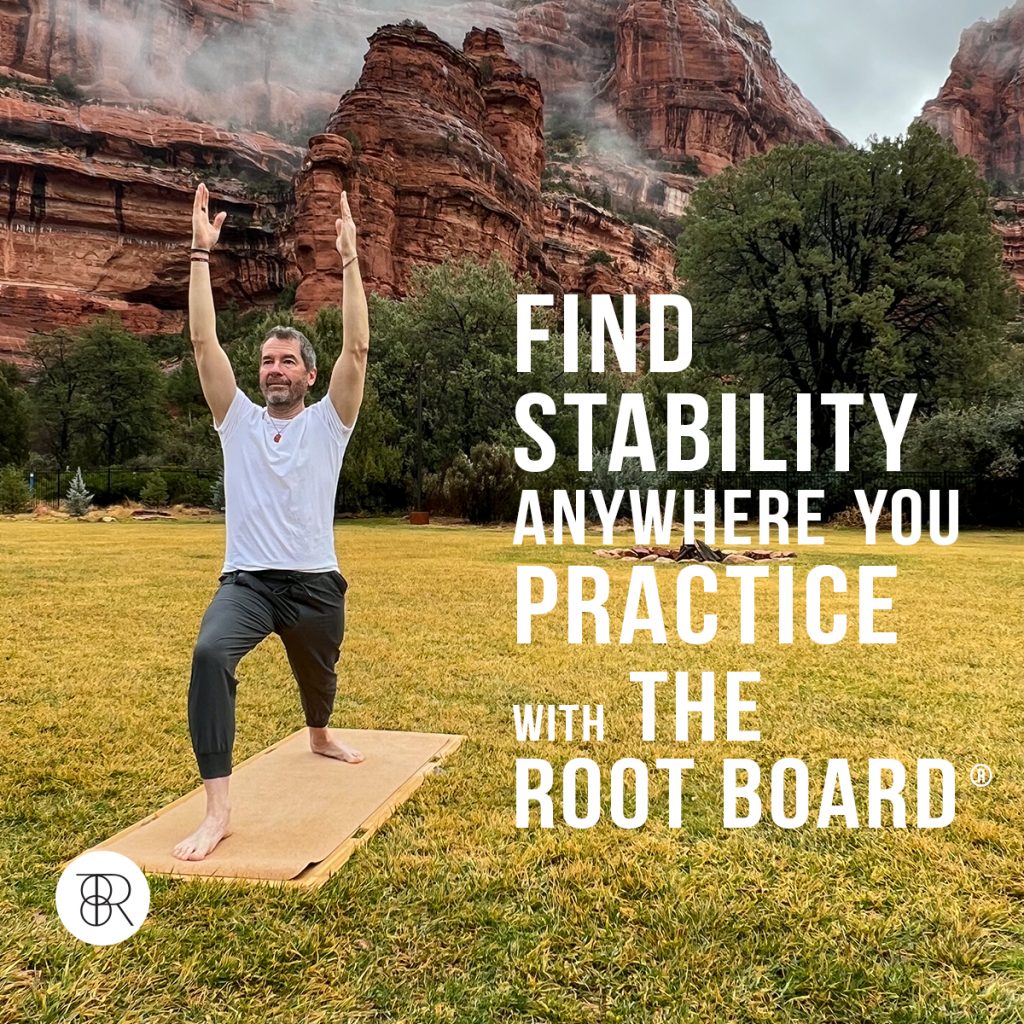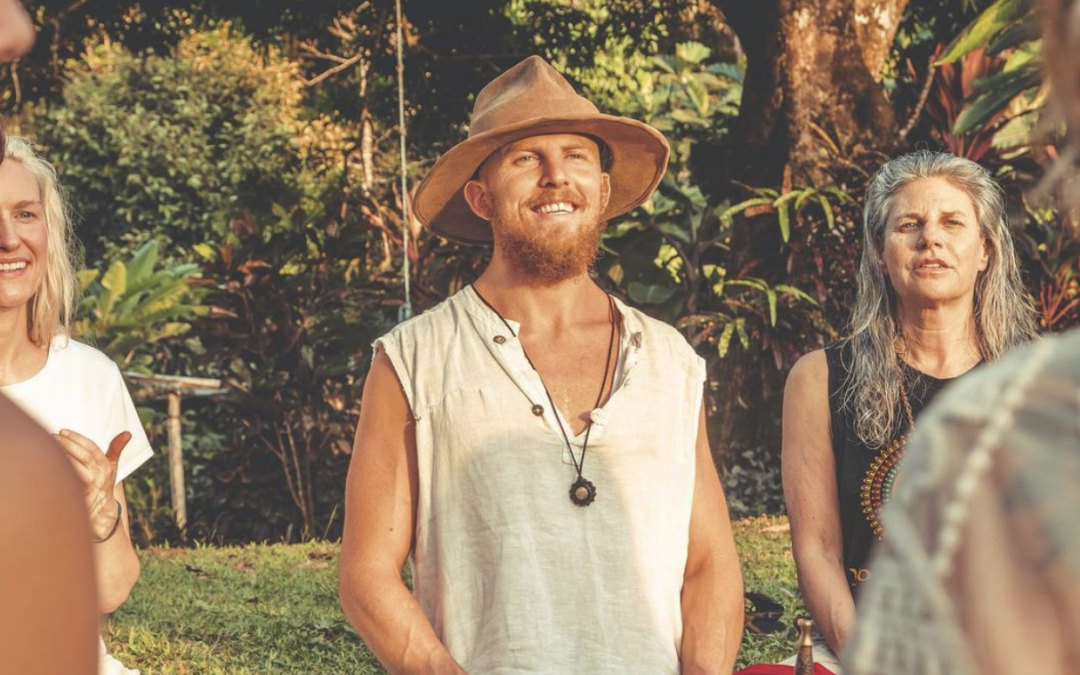
The Ancient Roots of Surya Namaskar
The Ancient Roots of Surya Namaskar
by SYF2023 presenter Grant Ifflander
The “plain old” Sun Salutation. Warm-up, or final stop?
According to the true Tantrik origins of this practice (yes, I said Tantrik), the surya namaskara sequence was not at all a warm-up. In fact, according to the Pashupata lineage of yogis, this sequence that is today known as the “sun salutation” was considered a ritual dance of prayer and emotion that led to the emancipation of one’s soul.
This was distinctly different than other yoga practices and the traditions of the times! Instead of needing to do penance for thousands of lifetimes to reach enlightenment, these yogis of the (Tantrik) Pashupata lineage had declared the possibility of enlightenment and moksha (liberation) happening right here in this lifetime. Of course, the practitioner’s sincere involvement was required, but still. Definitely far more than warm-up!
Lest we not forget that yoga emerged out of ancient India where the culture at the time was deeply influenced by the stories of sages and masters reaching the final goal of human life. Yoga as exercise came much later in the scheme of things.
To truly understand the ancient origins of what has become a staple in nearly every vinyasa yoga class (surya namaskara), we must look at the roots from which it comes and turn it back into what it was designed for: a reverential dance and movement-as-prayer dedicated to the Source of All Life.
A noble cause indeed! Join me at Sedona Yoga Festival from April 27–30 (passes available here!) to explore this topic in-person, or find out more about my yoga school, KeepersOfTheEarth.co.
—
At Keepers of the Earth, we want to change how we view and align with creative power. We want to restore the balance in all that we do and awaken people to the sacredness of life. Therefore, we are reviving and renewing our innate and intuitive connection to mysticism and magic through Yoga and yogic spiritual science.
We believe that once an individual understands the actual mechanics of spirituality and transformation, they begin to naturally gravitate towards actions, behaviors and lifestyles that are in alignment with life. Their creative power is no longer used to self-satisfy but instead is used to serve and help the Whole. The result? Human beings who are bringing magic everywhere they go and in everything they do, living out their fullest potential, and taking care of the ground beneath their feet where they step.
We are becoming “Keepers of the Earth”: leaders embodied in our craft, sharing the teachings of our ancestors with authenticity, reverence and respect, and devoted to bringing more beauty & magic to our Earth.


